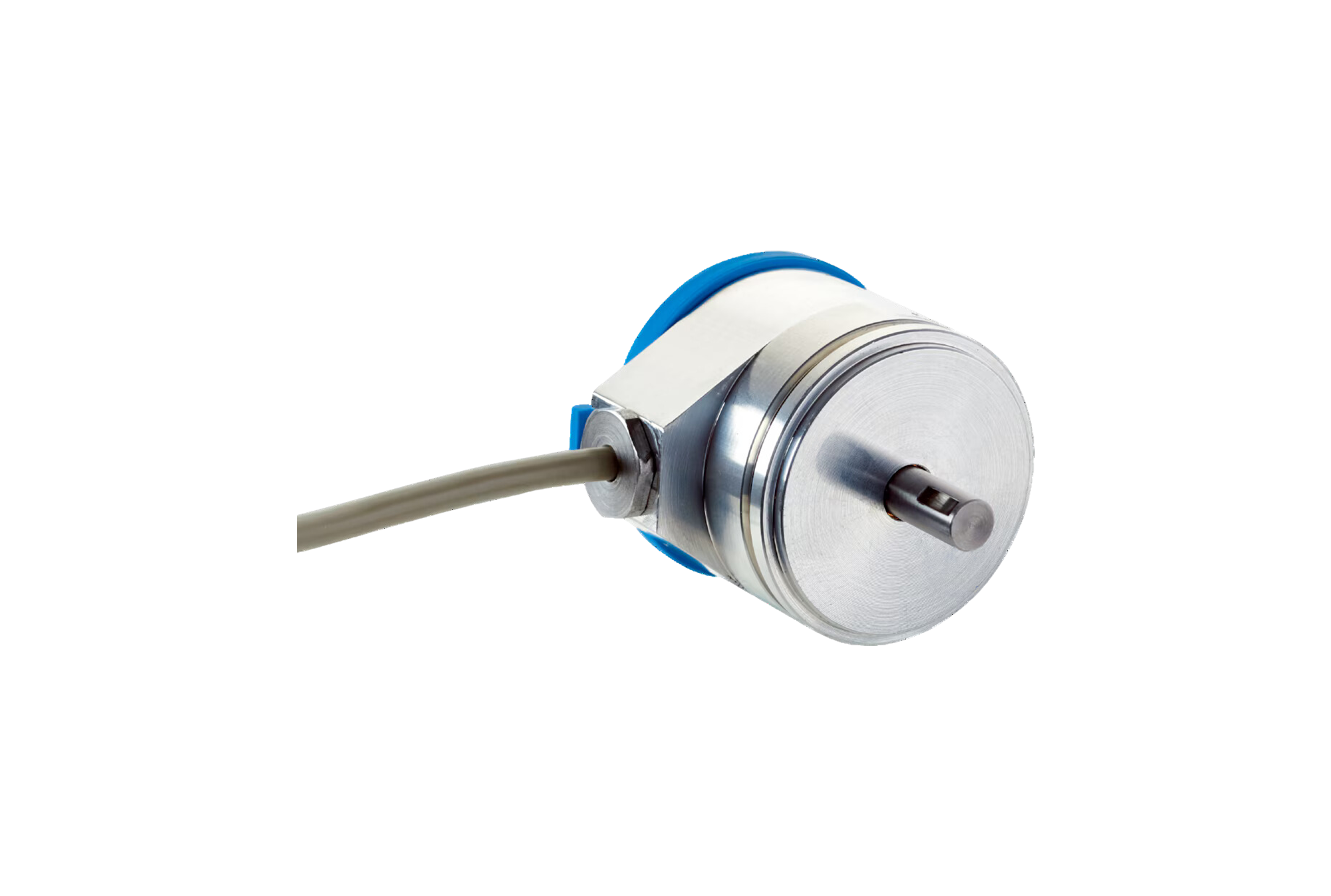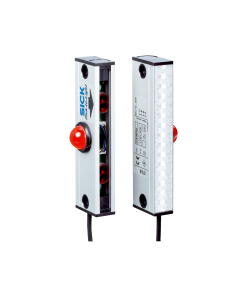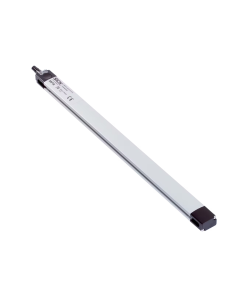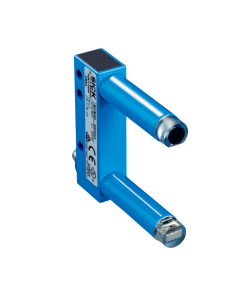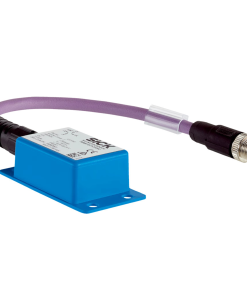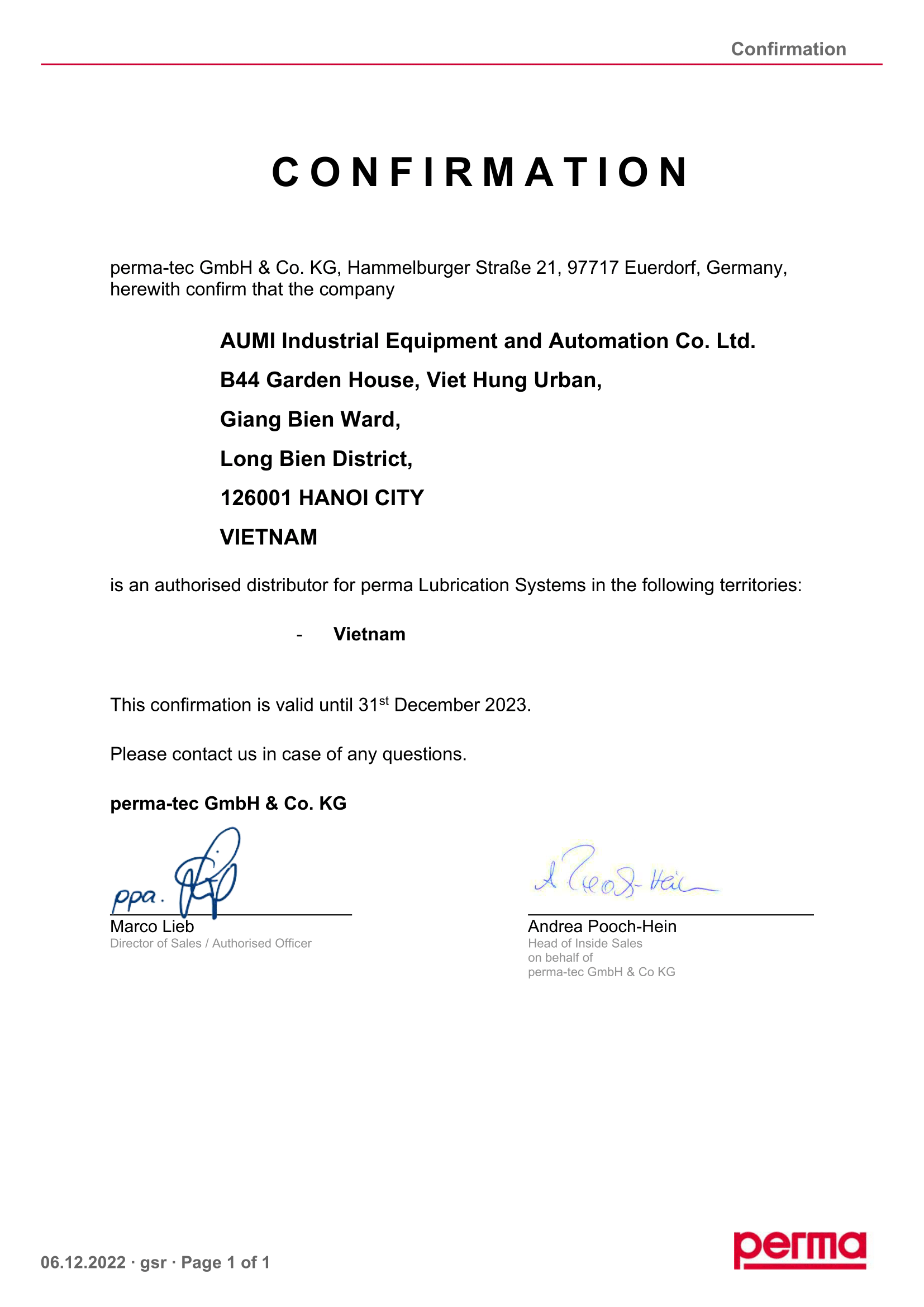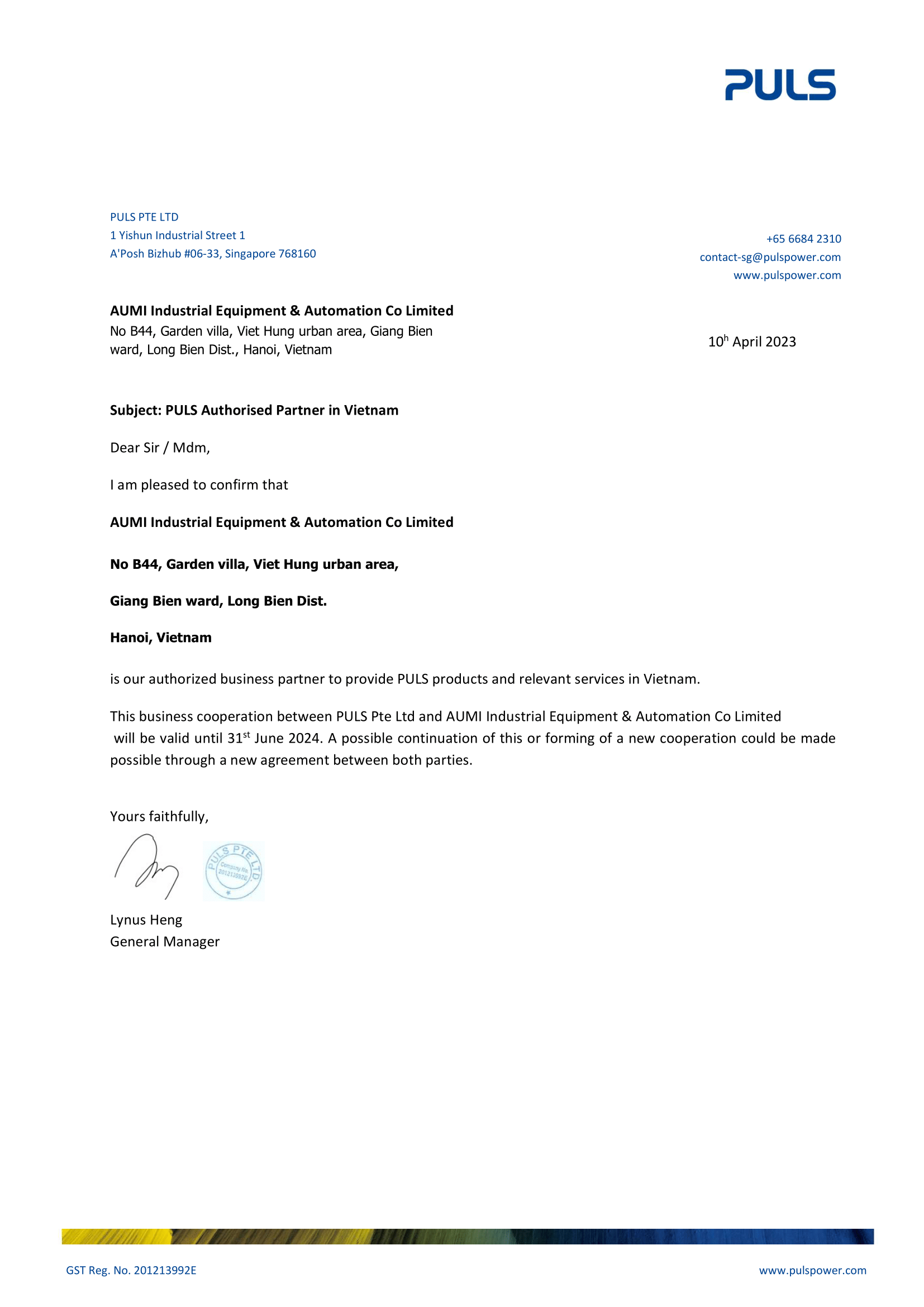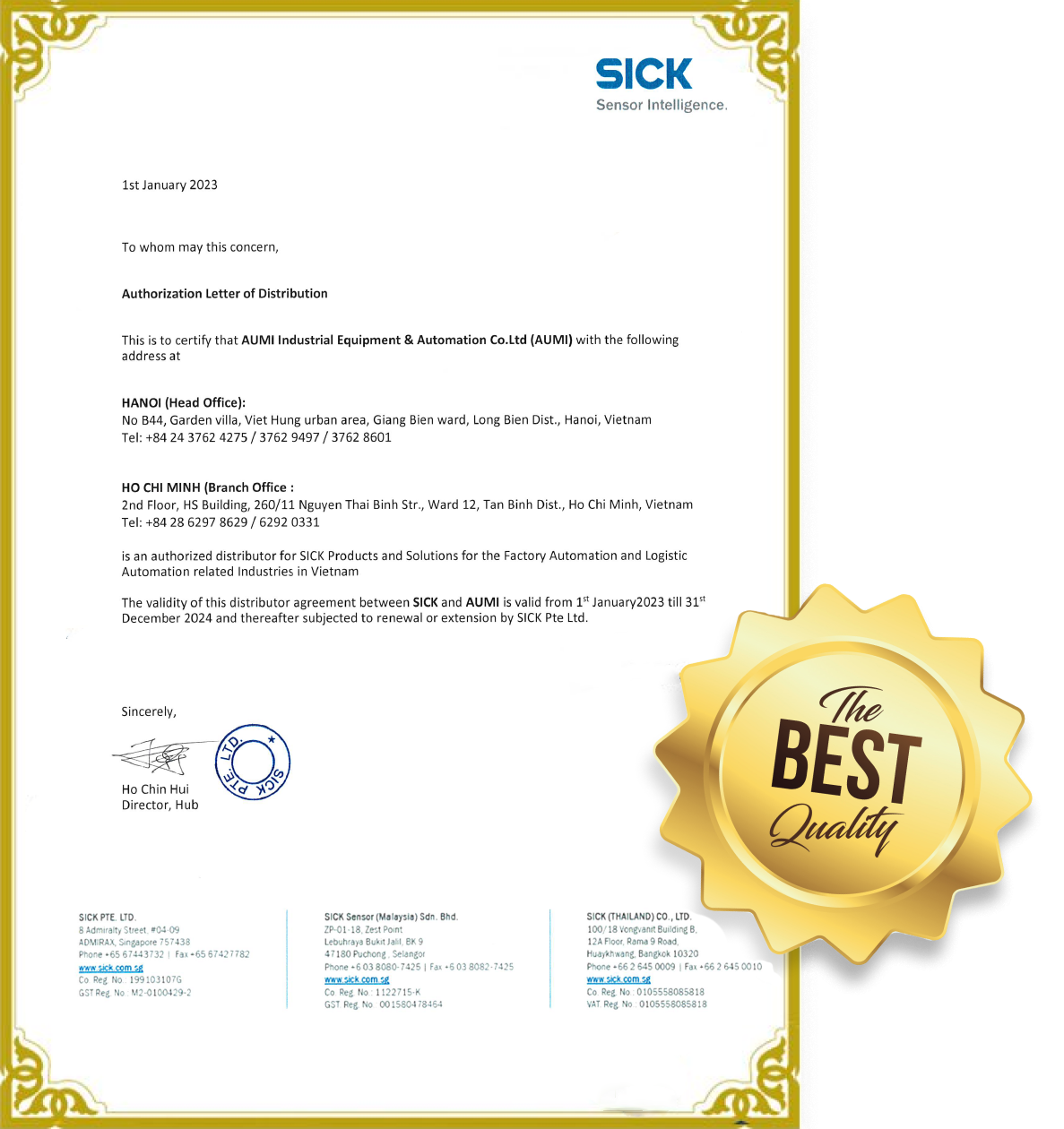| Product | Part no. | Communication Interface detail | Singleturn or multiturn version | Number of steps per revolution |
| ACS36-K1K0-K01 | 6053311 | Current | Singleturn | 2979 |
| ACM36-K1K0-K01 | 6039751 | Current | Multiturn | 2979 |
| ACS36-L1K0-K01 | 6052345 | Voltage | Singleturn | 3723 |
| ACM36-L1K0-K01 | 6039752 | Voltage | Multiturn | 3723 |
Absolute encoders ACS/ACM36
- The ACS36 (singleturn) and ACM36 (multiturn) encoder families have an analog interface with a maximum resolution of up to 3723 steps (for singleturn and multiturn).
- The analog interfaces (current/voltage) offer a low-cost solution for detecting the position and path, and thereby help to reduce overall system costs.
- IP65 protection class
- Operating temperature: –30 °C to +80 °C
Categories: Sick, Adsolute encoders, Encoder
Tags: Adsolute encoders, Encoder, ACS/ACM36
At a glance:
- The ACS36 (singleturn) and ACM36 (multiturn) encoder families have an analog interface with a maximum resolution of up to 3723 steps (for singleturn and multiturn).
- Using the teach-in function on the membrane keyboard, the measuring range can be intuitively programmed directly on the device in just a few clicks.
- A current signal of 4-20 mA or a voltage signal of 0-10 V is output depending on the device version.
- Intuitive configuration of the measuring range directly on the device using membrane keyboard (teach-in function) saves time and requires no special expertise.
- The compact size (36-mm format) allows the encoder to be used in confined spaces and thus provides greater freedom for development and machine design.
- The analog interfaces (current/voltage) offer a low-cost solution for detecting the position and path, and thereby help to reduce overall system costs.
Features:
- Compact 36 mm absolute encoder with up to 3723 steps (for singleturn and multiturn)
- Servo flange
- Radial cable connection
- Analog interface 4 to 20 mA or 0 to 10 V
- Programming via keypad on the encoder
- IP65 protection class
- Operating temperature: –30 °C to +80 °C
Related products
SALE
- Simply clever order picking verification
- The PLG is mounted at each storage bay and has an integrated job LED to display pick position. The PLG’s single-sided reflector strip saves space in the bin and reduces damage and installation costs.
- The integrated job LED reduces the order picker’s search time
- Scanning range up to 2 m
SALE
Sick
- Position sensors for large pneumatic cylinders and drives
- Easy adjustment of sensor settings and parameters during operation using a teach pad or IO-Link
- Position sensor for use on pneumatic cylinders
- Sensor variants with measuring ranges of 107 mm to 1,007 mm
SALE
Sick
- Plug-and-play fork sensors – connect and get started.
- The WFM fork sensors are extremely quick and easy to mount and commission thanks to plug and play.
- Their yellow receive indicator can be seen all the way round, providing optimum feedback on the switching behavior of the WFM. Since the sender and receiver are integrated within the same housing, there is no need for any complex alignment work, allowing detection tasks to be prepared and completed quickly and easily.
- WFM have a rugged aluminum housing and are available in five different designs with fork widths ranging from 30 mm to 180 mm and fork depths of between 40 mm and 120 mm.
- SICK's fork sensors are suited to numerous applications, such as detecting parts in production processes, checking whether various objects are present, or intralogistic processes.
SALE
Motion control sensors
- Inclination measurement in two axes without mutual interference
- Reliable output signal thanks to configurable digital filter
- High resolution (0.01°) and accuracy (±0.1° typ.)
- Programmable with the PGT-12-Pro
SALE
- The ACM60 (multiturn) encoder family has an analog interface with a maximum overall resolution of up to 13107 steps.
- A current signal of 4-20 mA or a voltage signal of 0-10 V is output depending on the device version.
- Programming via keypad on the encoder
- IP68 protection class
- Operating temperature: –30 °C to +80 °C

